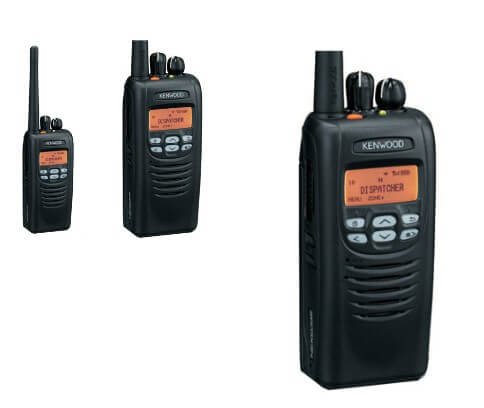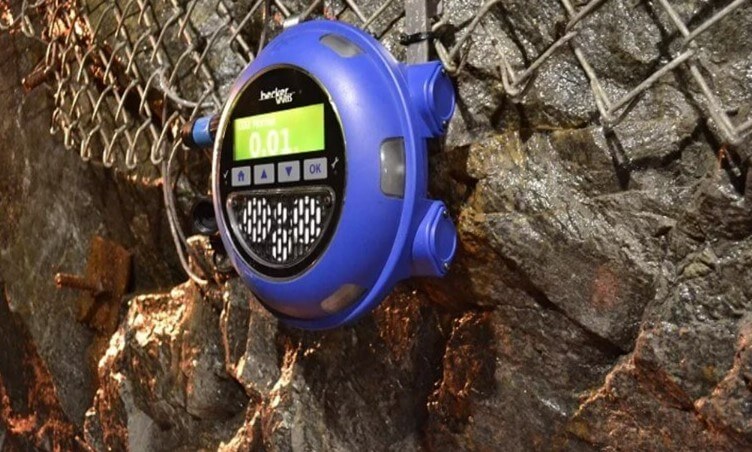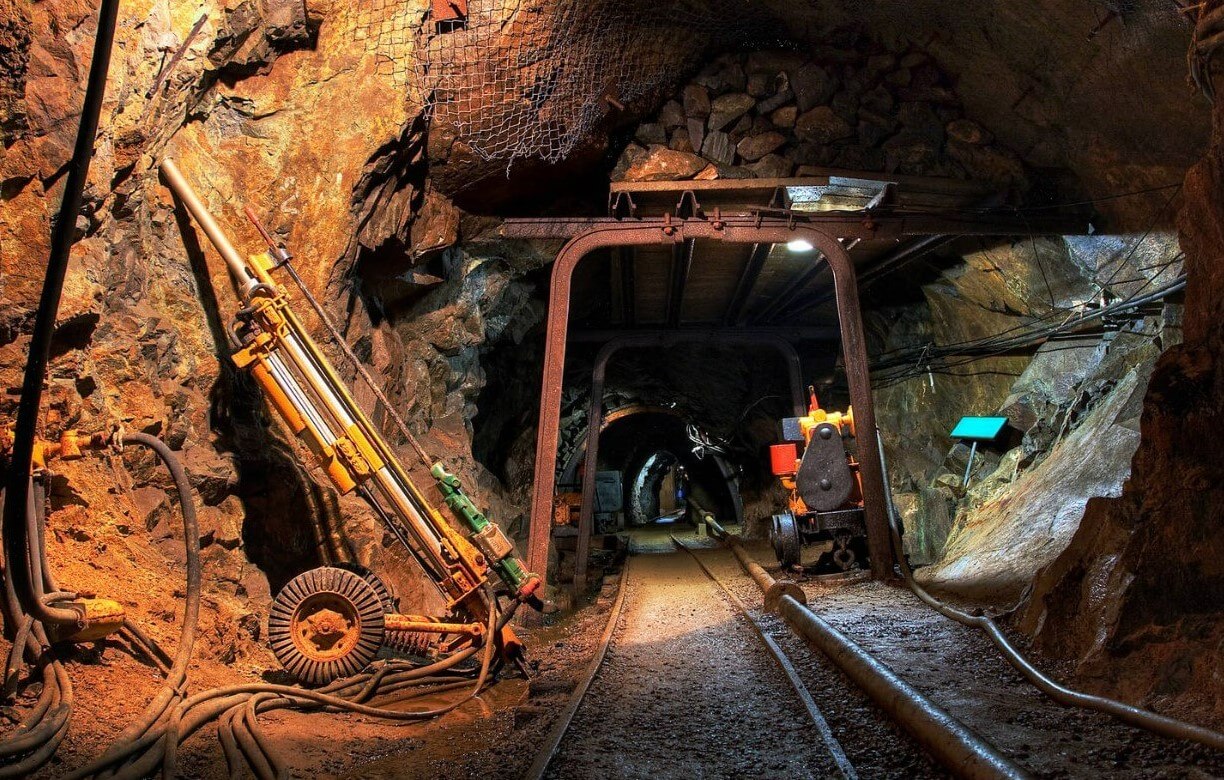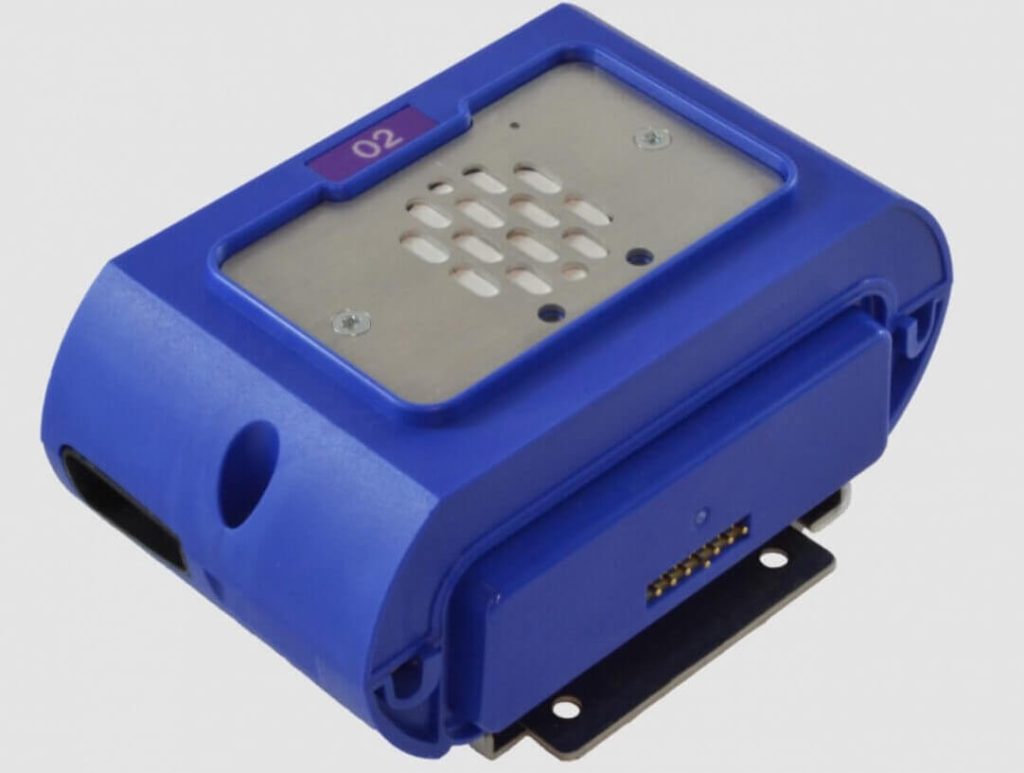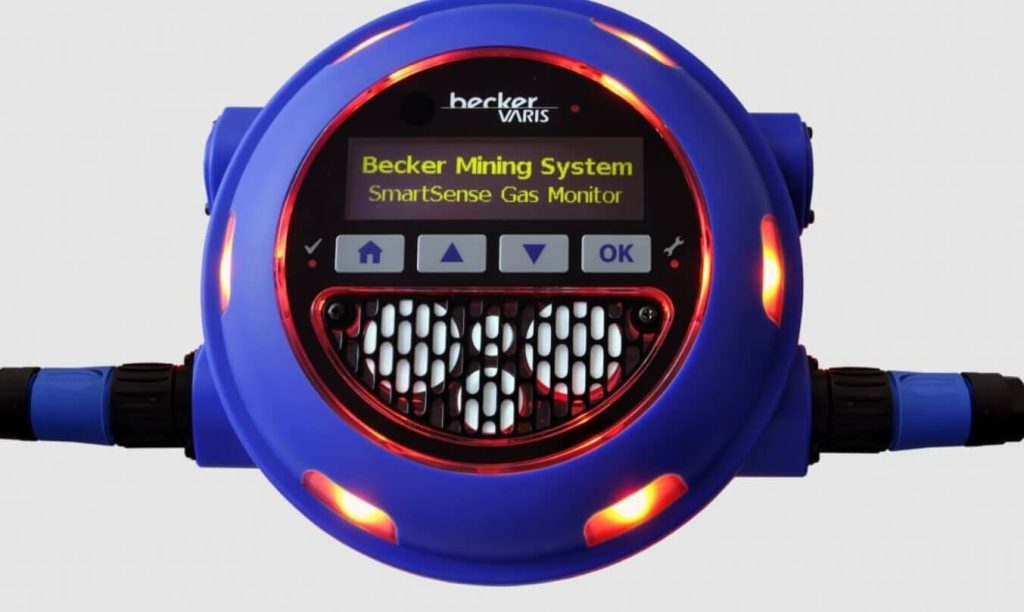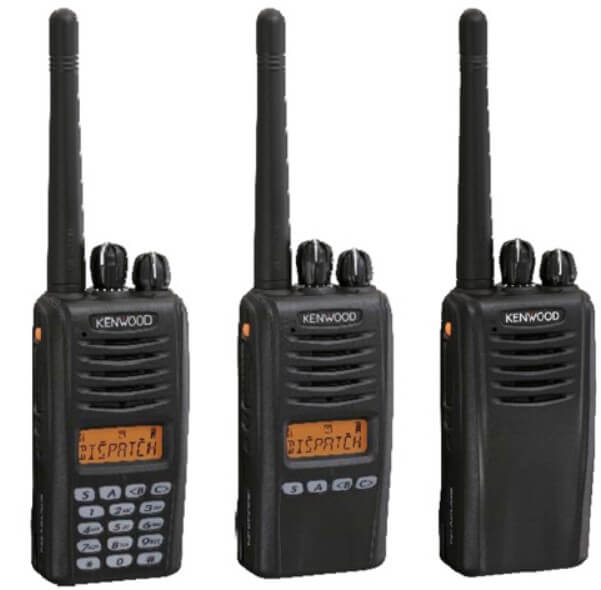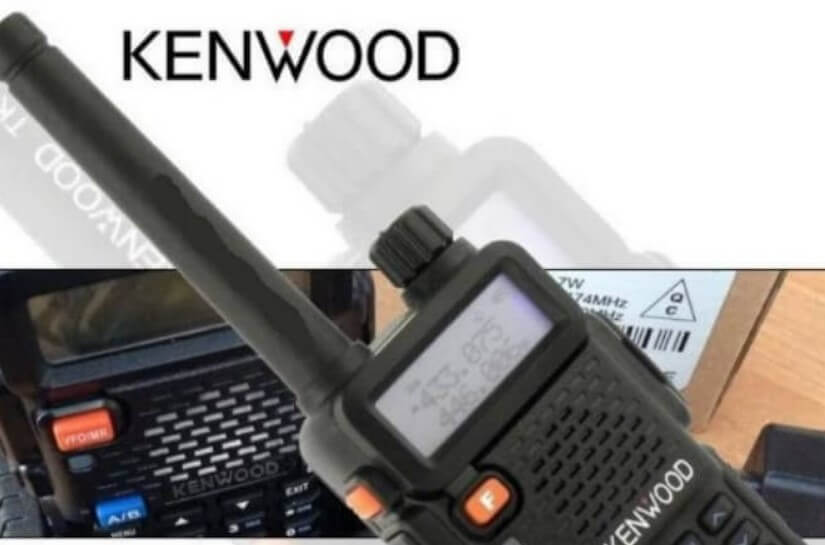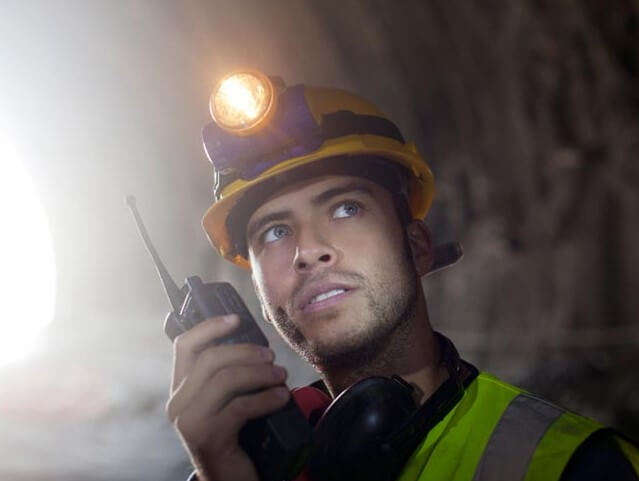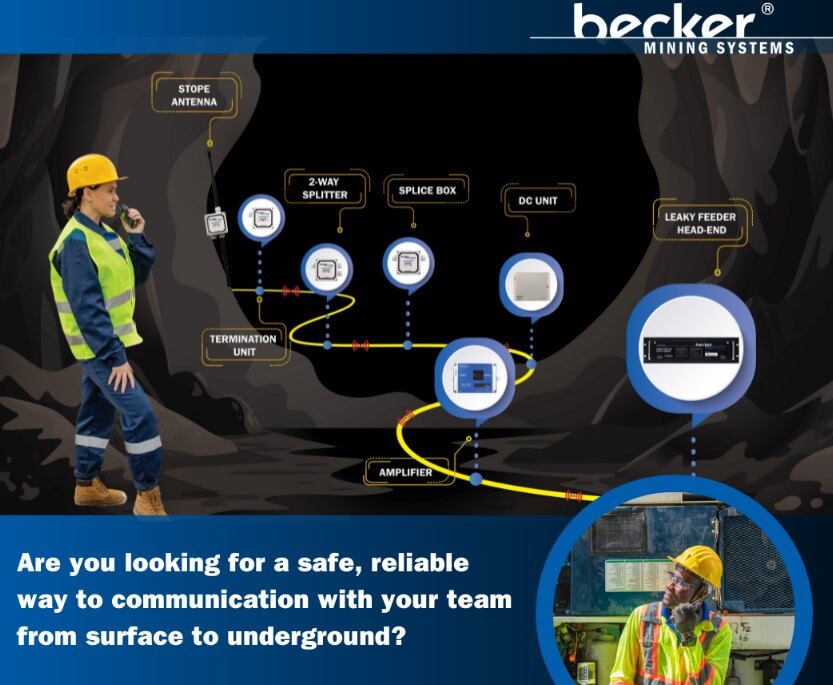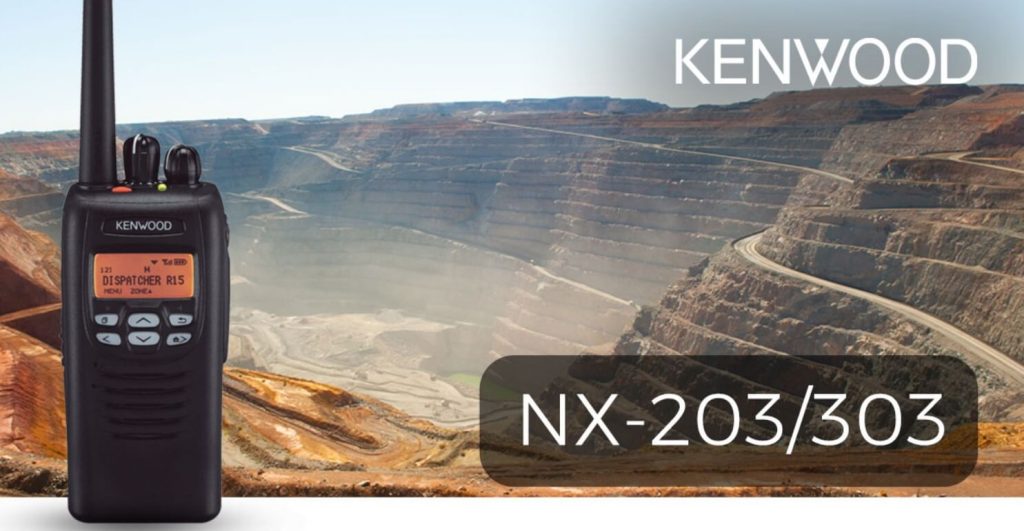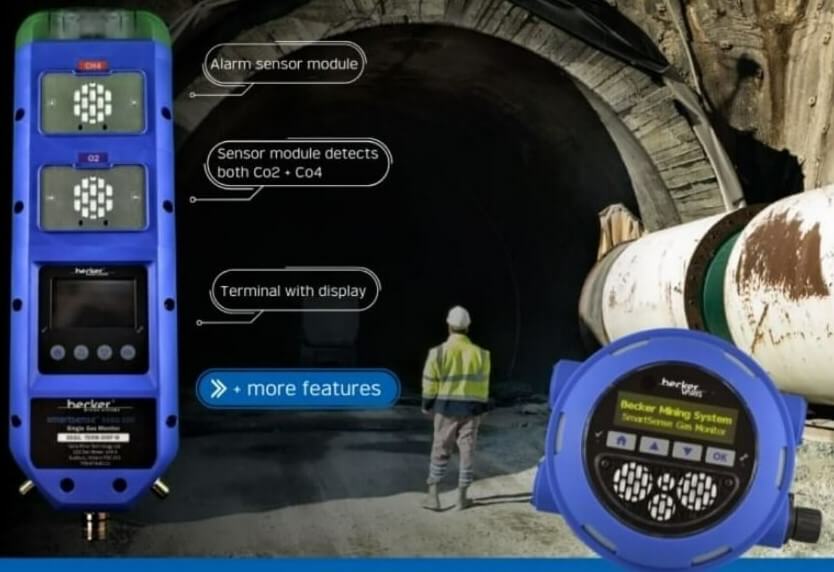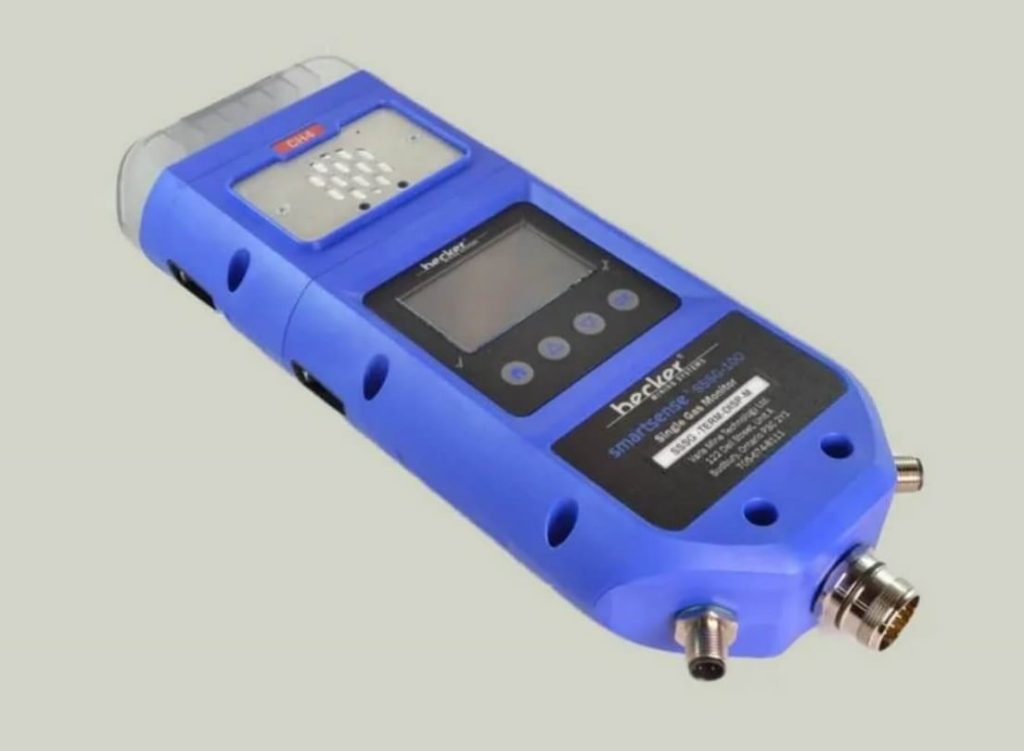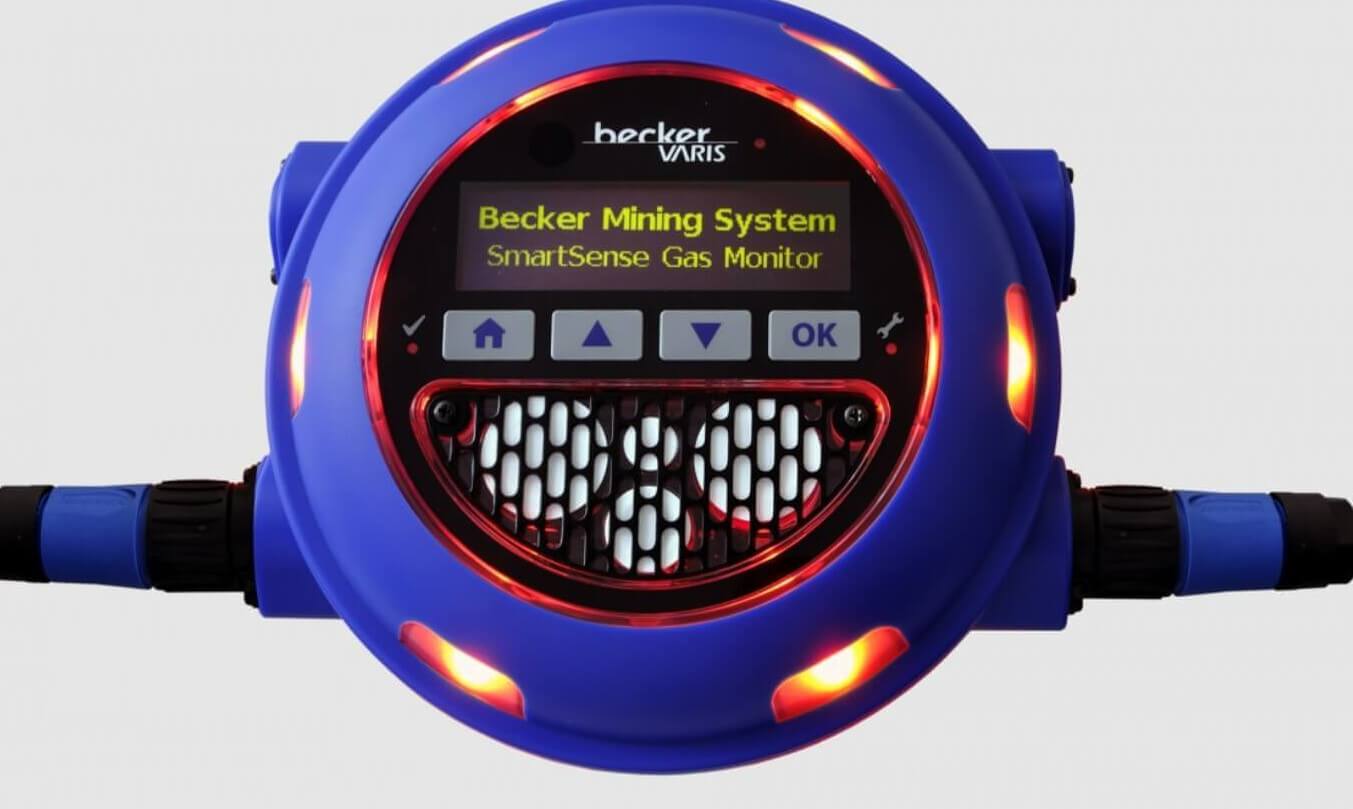The mining industry, characterized by its demanding and often hazardous environment, requires robust and reliable communication systems to ensure safety and operational efficiency. In this context, two-way radios have emerged as indispensable tools, transforming the way communication is handled underground and on the surface. This blog post explores the multifaceted benefits of two way radios in mining, highlighting their impact on safety, productivity, and overall operational efficiency.
1. Enhancing Safety in Hazardous Environments
Safety is paramount in the mining industry. The nature of mining operations involves working in environments where risks such as rock falls, gas leaks, and equipment failures are prevalent. Two-way radios play a critical role in enhancing safety by providing a reliable means of instant communication between workers and supervisors.
Immediate Response to Emergencies: In case of an emergency, such as a gas leak or a cave-in, two way radios enable rapid communication. Workers can quickly alert their colleagues and supervisors, facilitating immediate response and evacuation if necessary. This capability is crucial for minimizing injuries and saving lives.
Coordination and Supervision: Two-way radios allow for continuous communication between different teams, including those working at the surface and those underground. This constant connection ensures that any issues or changes in conditions are promptly communicated, allowing for better coordination and supervision.
Real-time Monitoring: With two-way radios, supervisors can monitor ongoing activities in real-time. They can listen in on conversations and detect any signs of distress or abnormal conditions, enabling them to take proactive measures to address potential safety hazards.
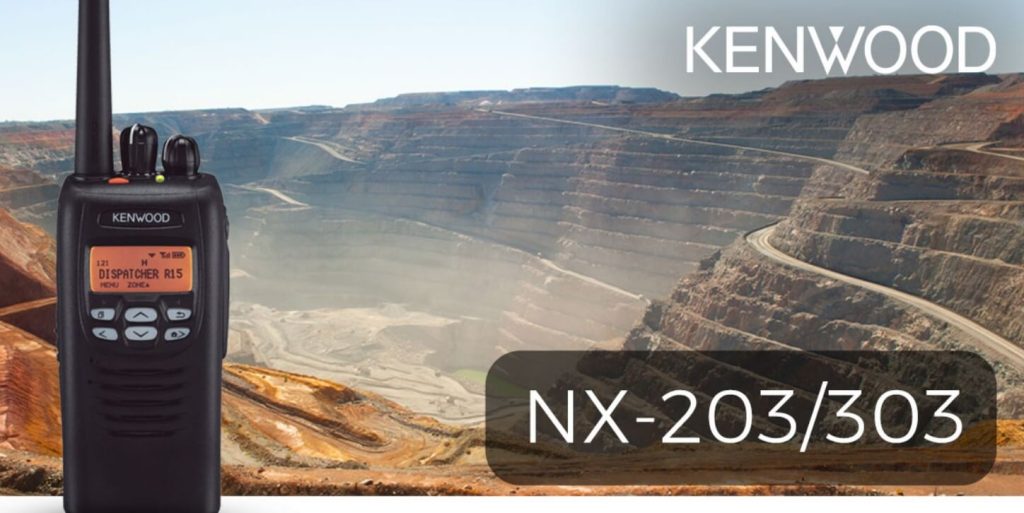
2. Improving Operational Efficiency
Efficiency is a key factor in the profitability of mining operations. Two-way radios contribute significantly to enhancing operational efficiency through streamlined communication and coordination.
Coordination of Activities: Mining operations often involve multiple teams working on different tasks simultaneously. Two-way radios facilitate seamless communication between these teams, ensuring that activities are coordinated effectively. This coordination helps avoid duplication of efforts and ensures that resources are utilized optimally.
Real-time Updates: Two-way radios provide a platform for real-time updates on operational status, equipment performance, and environmental conditions. This immediate flow of information allows for quicker decision-making and problem-solving, reducing downtime and enhancing overall productivity.
Reduced Communication Delays: Unlike traditional communication methods, such as landlines or written messages, two-way radios eliminate communication delays. This instant communication capability is crucial in fast-paced mining environments where timely information exchange can make a significant difference in operational efficiency.
3. Enhancing Worker Productivity
Productivity in mining operations is closely tied to effective communication. Two-way radios contribute to increased worker productivity by providing a reliable and efficient means of communication.
Streamlined Workflow: Two-way radios enable workers to communicate directly with each other and with supervisors, streamlining workflow and reducing the need for time-consuming face-to-face meetings. This streamlined communication helps keep tasks on track and ensures that workers can focus on their assignments without unnecessary interruptions.
Reduced Downtime: Effective communication through two-way radios helps minimize downtime caused by misunderstandings or lack of information. Workers can quickly address issues or seek assistance, preventing delays and keeping operations running smoothly.
Enhanced Collaboration: Two-way radios foster a collaborative work environment by enabling workers to share information and coordinate efforts. This collaboration is essential for complex tasks that require input from multiple team members, leading to more efficient and effective completion of projects.
4. Adapting to the Mining Environment
The mining environment presents unique challenges for communication systems. Two-way radios are specifically designed to withstand the harsh conditions found in mining operations, making them an ideal choice for reliable communication.
Durability and Reliability: Two-way radios are built to endure the rugged conditions of mining environments. They are resistant to dust, moisture, and extreme temperatures, ensuring that communication remains reliable even in challenging conditions.
Long Battery Life: Mining operations often involve extended shifts, and two way radios are equipped with long-lasting batteries to ensure continuous communication throughout the workday. This extended battery life reduces the need for frequent recharging and ensures that radios are always ready for use.
Versatility: Two-way radios offer various features that enhance their adaptability to the mining environment. For example, they can be equipped with noise-canceling microphones to filter out background noise, ensuring clear communication even in noisy environments.
5. Facilitating Remote Communication
In large mining operations, workers may be spread out across vast areas, including underground tunnels, surface facilities, and remote locations. Two-way radios facilitate effective communication in these remote areas, bridging the gap between isolated teams and central command.
Coverage in Remote Areas: Two-way radios provide coverage in remote areas where other communication methods may be impractical. They can transmit signals over long distances and through obstacles such as rock and soil, ensuring that workers in isolated locations can stay connected.
Enhanced Safety in Remote Locations: For teams working in remote or isolated areas, two-way radios offer a critical link to the central command. This connectivity ensures that workers can call for assistance or report issues even when they are far from the main operations center.
Coordination Across Large Sites: In large mining sites, two-way radios enable effective communication between teams working in different areas. This coordination is essential for managing complex operations and ensuring that all teams are aligned with the overall objectives.
6. Supporting Training and Development
Effective communication is essential for training new employees and developing existing staff. Two-way radios play a role in supporting training and development programs within the mining industry.
On-the-Job Training: Two way radios allow experienced workers to provide guidance and instruction to new employees in real-time. This on-the-job training helps new workers learn from their experienced colleagues and quickly adapt to the demands of their roles.
Knowledge Sharing: Two-way radios facilitate the sharing of knowledge and best practices among team members. This knowledge sharing contributes to the continuous improvement of processes and procedures, enhancing overall operational performance.
Feedback and Assessment: Supervisors can use two way radios to provide immediate feedback to workers during training sessions. This real-time feedback helps trainees adjust their performance and improve their skills more effectively.
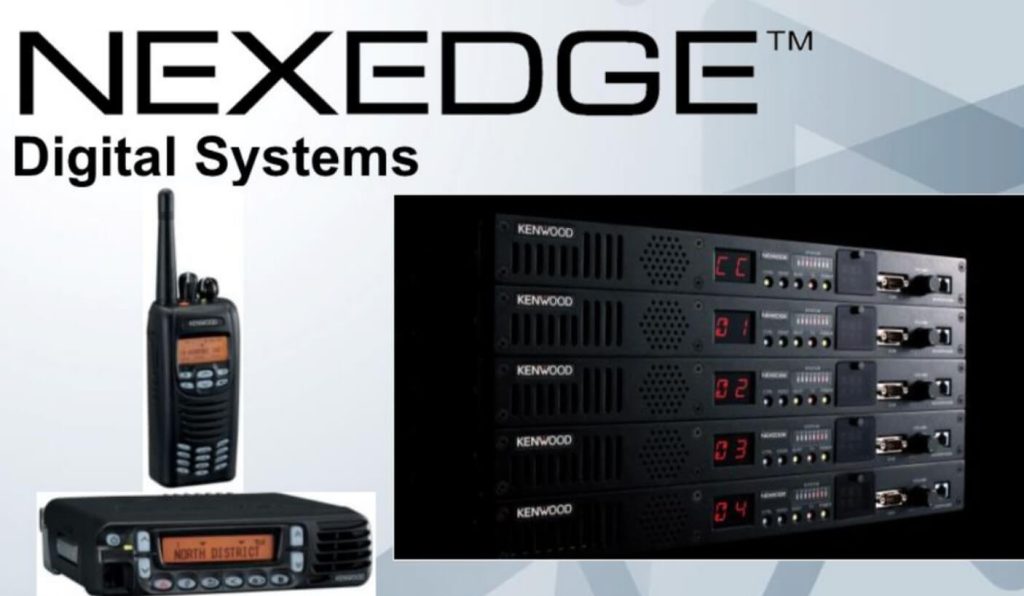
7. Cost-Effectiveness
Investing in communication systems is a significant consideration for mining operations. Two-way radios offer a cost-effective solution for maintaining reliable communication without incurring excessive costs.
Reduced Communication Costs: Two-way radios eliminate the need for costly communication infrastructure, such as landlines or cellular networks. They provide a cost-effective means of communication that reduces overall operational expenses.
Lower Maintenance Costs: Compared to other communication systems, two-way radios generally have lower maintenance costs. Their durability and reliability reduce the need for frequent repairs or replacements, resulting in cost savings over time.
Increased Return on Investment: The efficiency gains and safety improvements achieved through the use of two-way radios translate into a higher return on investment. By enhancing productivity and reducing downtime, two-way radios contribute to the overall profitability of mining operations.
8. Future Trends and Innovations
The technology behind two-way radios continues to evolve, offering new possibilities for improving communication in the mining industry. Staying informed about future trends and innovations can help mining operations leverage the latest advancements in communication technology.
Digital Radios: Digital two-way radios offer improved audio quality, enhanced security features, and greater capacity for data transmission. These advancements provide mining operations with more sophisticated communication tools that can enhance safety and efficiency.
Integration with Other Technologies: Two-way radios can be integrated with other technologies, such as GPS and telemetry systems. This integration enables advanced features, such as location tracking and remote monitoring, further enhancing the capabilities of communication systems in mining.
Enhanced Data Capabilities: The future of two way radios includes increased data capabilities, allowing for the transmission of text messages, images, and other data types. This enhanced data functionality can support a wide range of applications, from operational updates to safety alerts.
Conclusion
Two way radios have become an essential component of modern mining operations, providing numerous benefits that enhance safety, productivity, and overall efficiency. Their ability to facilitate real-time communication in challenging environments, support remote teams, and improve operational coordination makes them a valuable asset in the mining industry.
As the mining industry continues to evolve, the role of two-way radios will remain crucial in addressing the communication needs of workers and supervisors. By investing in reliable and advanced two-way radio systems, mining operations can ensure that their communication infrastructure meets the demands of today and the challenges of tomorrow.
For mining operations seeking to enhance their communication systems, Becker Wholesale Mine Supply offers a range of two-way radios designed to meet the unique requirements of the mining industry. Explore our offerings and discover how our communication solutions can support your operational success.
Products That We Offer
Take control of your mining communication systems today! With Becker Wholesale Mine Supply, the leading manufacturer in the USA. Contact us now and revolutionize your mining communication systems!
Take the first step towards powering up your operations, call us at +1-724-515-4993!
